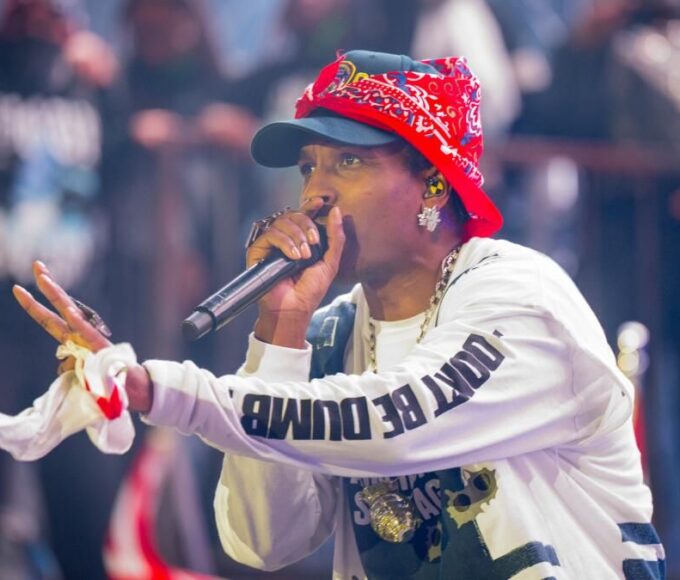Under the scorching 36-degree Melbourne heat, thousands of J-pop enthusiasts flocked to John Cain Arena for a chance to see Hatsune Miku, a 16-year-old virtual pop star who has taken the world by storm.
Despite being entirely digital, Miku’s presence on stage felt anything but artificial. Her lifelike movements, performed on an LED screen alongside a live band, mesmerised fans waving glow sticks in perfect synchrony.
Hatsune Miku isn’t your typical pop sensation. She’s a “Vocaloid,” a holographic avatar representing a synthesised bank of vocal samples created by Crypton Future Media using Yamaha’s Vocaloid technology.
Fans and music producers can input lyrics and melodies, which Miku’s voice—performed by Japanese actor Saki Fujita—brings to life. Over the years, Miku’s fanbase has crafted more than 100,000 songs, with some even climbing Japan’s mainstream pop charts.
The Melbourne concert wasn’t just about the music; it was a celebration of creativity and fandom. Fans arrived dressed as Miku or in unique interpretations of her character, like “Woolies Miku,” complete with a handmade supermarket uniform.
For others, it was an opportunity to explore identity, as seen in attendees like Tori, who embodied Mikuo, a male version of the star.
Beyond the flashing lights and fan devotion, Hatsune Miku represents a cultural phenomenon where fans actively shape her identity. As Olivia, one concertgoer, put it:
“The whole idea with Vocaloids is that it’s a gift to the fans. It’s the fans who make it what it is.”
This collaborative spirit has helped Miku transcend borders, performing at major events like Coachella and even opening for Lady Gaga.
Though she’s forever a teenager, Miku is now a legacy act in the Vocaloid world. Her concert in Melbourne was filled with classic hits, surprise appearances by other Vocaloid stars, and a shared love for a virtual idol who continues to unite a global community.











